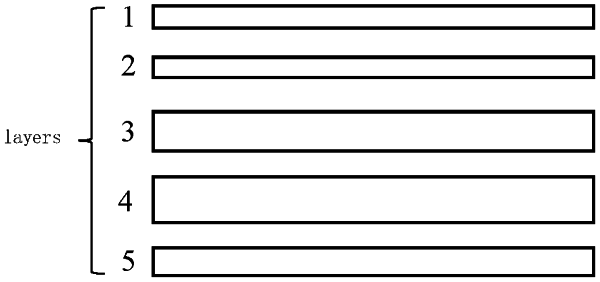| CPC E21B 49/008 (2013.01) [E21B 43/26 (2013.01); E21B 47/06 (2013.01); E21B 47/08 (2013.01)] | 4 Claims |

|
1. A method for determining vertical well stratified fracturing crack lengths based on interlayer equilibrium development, characterized in that, comprising the following steps:
step 1: determining a threshold pressure gradient of each layer,
step 2: establishing a relationship chart between crack half-lengths xf and equivalent well diameters rwe,
step 3: calculating daily oil production rate per unit thickness Qc that meets production requirements,
step 4: calculating the equivalent well diameter rwe of each layer according to the daily oil production rate per unit thickness Qc,
step 5: calculating the crack half-length xf of each fracturing layer according to the equivalent well diameter rwe of each layer;
step 6: performing stratified fracturing according to the crack half-length xf of each fracturing layer;
wherein a calculation formula for determining the threshold pressure gradient of each layer in the step 1 is as follows:
 where, λ is the threshold pressure gradient in MPa/m; μ is oil viscosity in mPa·s; k is formation permeability in μm 2;
wherein steps for calculating the daily oil production rate per unit thickness Qc that meets the production requirements in the step 3 are as follows:
in order to obtain a high fracturing well daily oil production rate Qo and realize the interlayer equilibrium development, which is corresponding to that the daily production rate per unit thickness Qc of each layer is the same, a relationship between Qc, the daily oil production rate Qo after a fractured oil well products and daily oil production rate Qi of each layer is as follows:
 where, Qc, is the daily oil production rate per unit thickness in m3/(d·m); Qo is the daily oil production rate after the fractured oil well products in m3/d; Qi is the daily oil production rate of each layer in m3/d; H is a total thickness of oil reservoirs in meters; and hi is a thickness of each layer in meters.
|